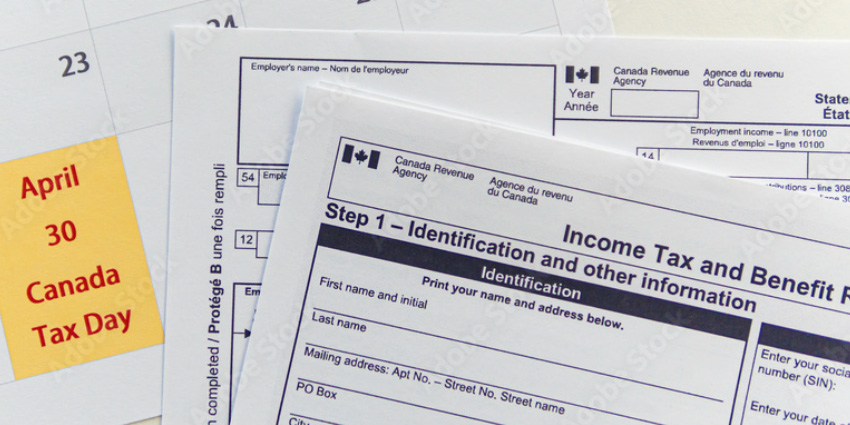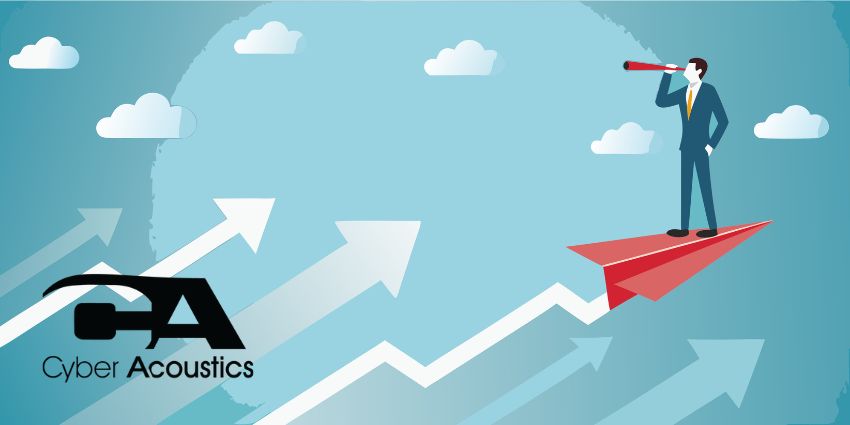The Canada Revenue Agency (CRA) is bringing back some customer service agents and ramping up self-service tools after months of complaints about long wait times on its phone lines. But as it races to stabilize operations under a 100-day improvement plan, officials warn that quick fixes won’t be enough to address deeper structural issues.
The agency laid off about 1,800 call center employees in May and June. But it has since brought back roughly 160 and extended others’ contracts, as the issue was escalated to Canada’s Auditor General.
The CRA said it was answering 77 percent of calls by late September, having set a target of 70 percent by mid-October. The agency handles massive call volumes — more than 32 million per year, peaking at 300,000 daily during tax season — making it one of the most heavily used government contact centers in the country.
Since implementing the plan in early September, the CRA has rolled out several self-service improvements aimed at making it easier for Canadians and businesses to access help without having to call its contact centers.
These include extended online chat hours from 08:00 to 20:00 ET, simplifying its website and launching new self-serve options in its digital accounts. The CRA has also reported growing use of its chat tool, with more than 5,400 users between October 6 and 10. An expanded AI-powered chatbot is slated for release in early November to answer a wider range of questions and further reduce call volumes.
The agency also highlighted a national Quality Monitoring Program launched in 2024 that reviews more than 100,000 call recordings annually to improve accuracy and training.
The CRA received a government investment of $400MN in 2022, to support its call center operations in anticipation of call volumes remaining above pre-pandemic levels. This was intended to enable CRA to maintain a service standard of answering 65 percent of calls within 15 minutes of a caller opting to speak with an agent. That standard has been lowered from 80 percent in 2017.
But many Canadians report seeing little improvement in the service, spending hours on hold when trying to call the agency.
As part of its efforts, the CRA added a feature to its website telling taxpayers how long they can expect to wait before they get through to a service agent when they call. But test calls by CBC News at different times and days found its estimates to be wildly inaccurate, a gap that’s eroding public trust. Unlike many private-sector call centers, the CRA still doesn’t consistently offer a callback feature, leaving callers to wait on hold for as long as it takes.
The Minister of Finance and National Revenue and the Secretary of State directed the CRA to implement the plan in early September to strengthen services, improve access and reduce delays. The focus is on four key areas: “increasing call centre capacity, expanding online self-service options, tackling the root cause of service issues, and accelerating service modernization.”
Taxpayers’ Ombudsperson François Boileau said that while the CRA has made progress, he’s concerned about what happens next.
“With some processing delays far exceeding the CRA’s usual service standards, it is unlikely that the CRA will reduce the backlog to a sustainable level by the end of the 100-day period.”
“A longer-term commitment and adequate resources will be necessary. By reducing its processing delays, the CRA could reduce the number of calls it receives and reduce wait times for taxpayers.”
Boileau noted that a report released by the Auditor General this week, found a direct link between staffing levels and service performance, a familiar story for any large contact center. He also questioned what’s driving such high call volumes in the first place, suggesting that better digital design and faster case resolution could reduce the need for people to call at all.
Unsurprisingly, the Union of Taxation Employees (UTE) echoed those comments, calling for the CRA to immediately increase its contact center staffing, as well as the training and support it provides its agents. In August, the union launched a national “Canada on Hold” campaign denouncing the job cuts.
The Auditor General’s report shows that staff shortages, a lack of training and pressure on contact center employees are compromising the quality of the service the agency provides to the public, the union stated. Marc Brière, UTE National President, said:
“Our members, who work tirelessly, are often exhausted, overworked, and under pressure to respond to as many calls as possible as quickly as possible, to the detriment of quality service.”
Why Automation Alone Can’t Fix Contact Center Challenges
The CRA’s experience is a textbook case in what happens when contact center staffing, digital experience, and operational design fall out of sync. Even with new automation tools and AI chatbots, poor workforce planning and outdated processes can quickly undermine customer satisfaction.
The agency’s troubles may sound familiar to the UK’s HM Revenue & Customs (HMRC), which has wrestled with a similar dilemma — how to shift customers toward digital self-service without alienating them in the process. HMRC has been pushing taxpayers to use digital channels such as chatbots and online forms to reduce call volumes. But when the tax authority announced plans to close its self-assessment tax helpline for half the year, and drastically cut back others, it sparked an immediate public outcry. Within 24 hours, HMRC reversed its decision, conceding that it had misjudged how far it could push customers toward digital-only interactions.
For enterprises in any sector, self-service and digital tools can only succeed when supported by the right human infrastructure. Contact centers need skilled, adequately staffed teams who can handle complex interactions that automation cannot. And, as the CRA’s situation shows, service improvement needs to be treated as an ongoing commitment, not a one-time campaign.
As the 100-day plan wraps up, the CRA faces growing pressure to tackle the systemic issues that continue to generate high call volumes.
Boileau noted, “the CRA is measuring its performance before the peak volumes it normally experiences during tax season.”
“What will happen to the progress it has made after the 100-day plan ends and tax season begins? What will happen when the calls increase? Will the contact centers still have the resources to answer the calls?”
Many of its service users will be watching to see if its attempt to improve service and reduce wait times leads to lasting change.







